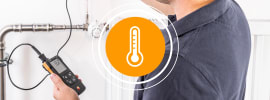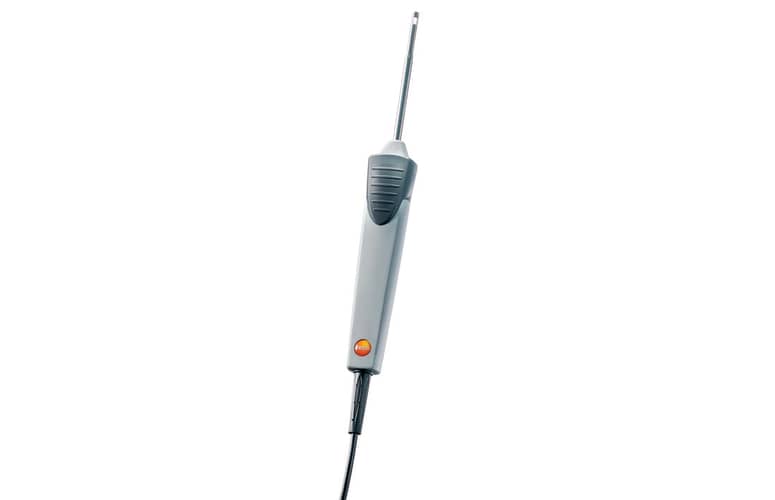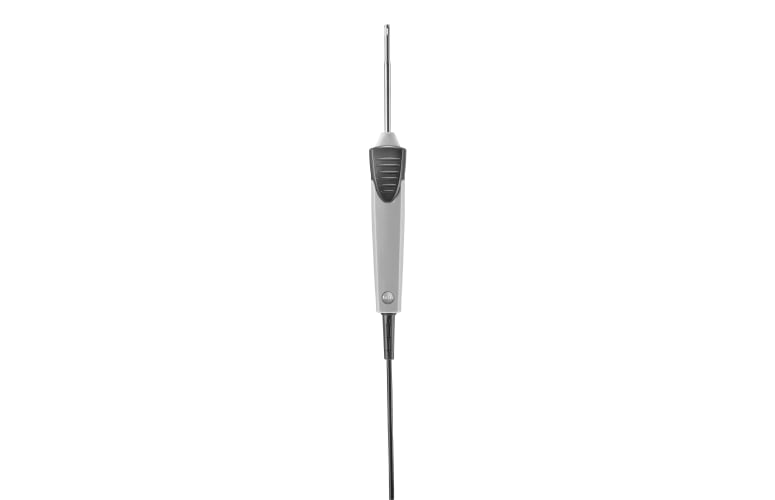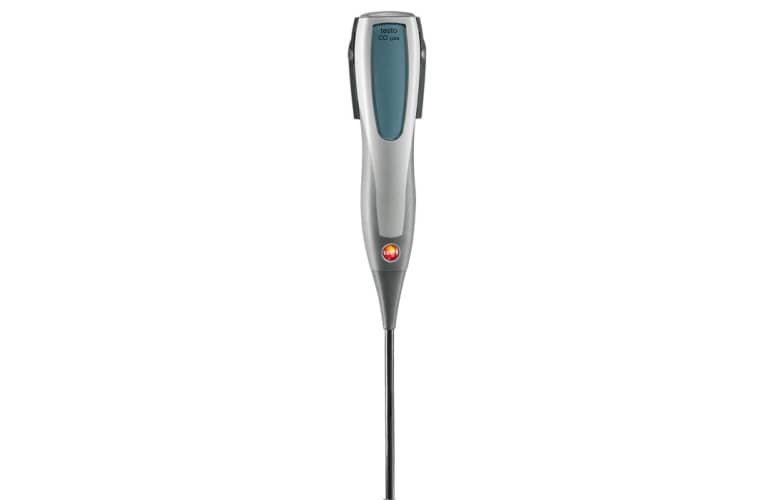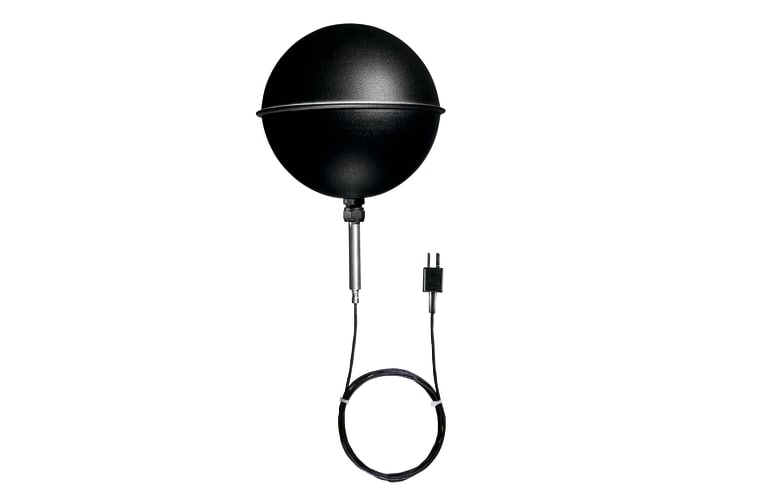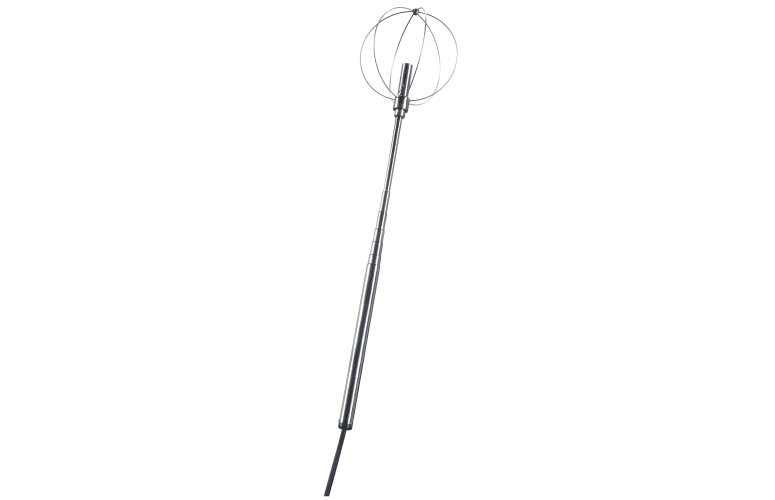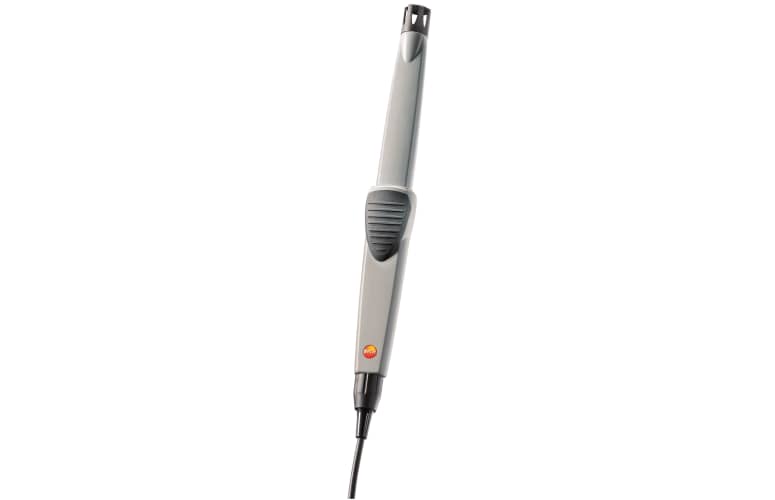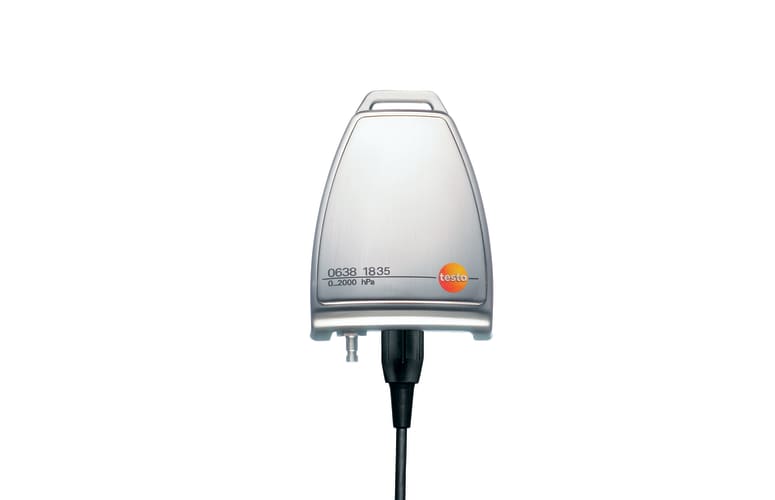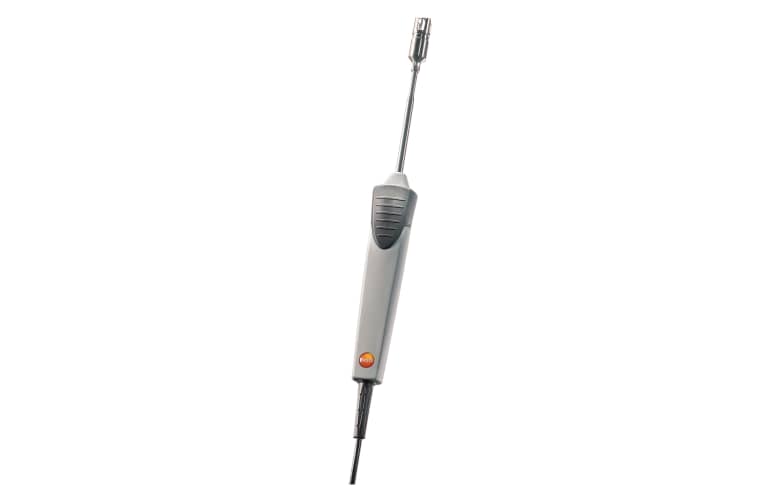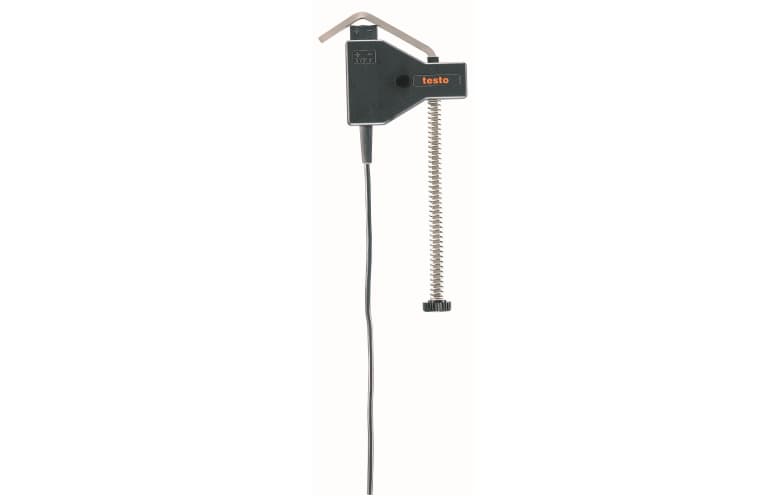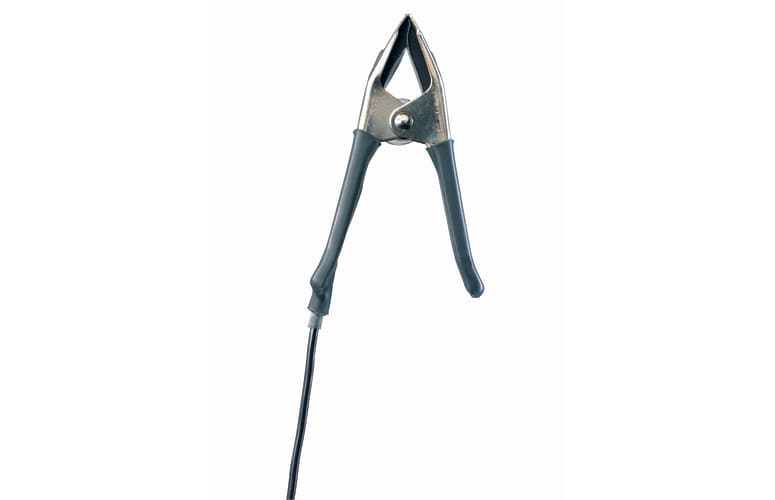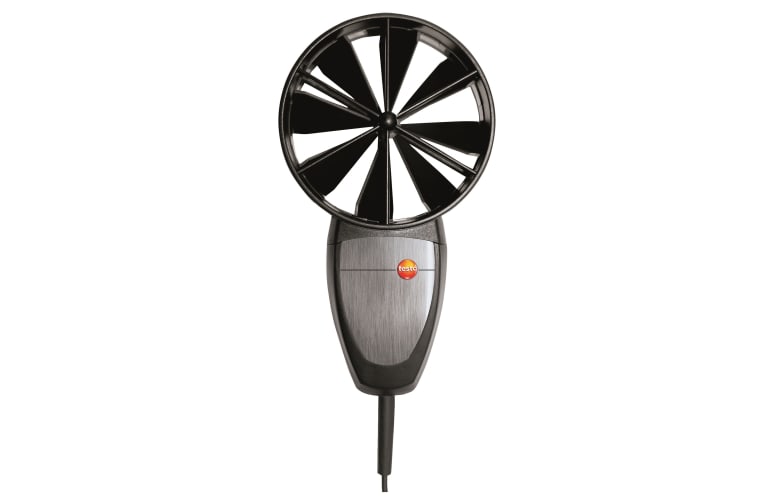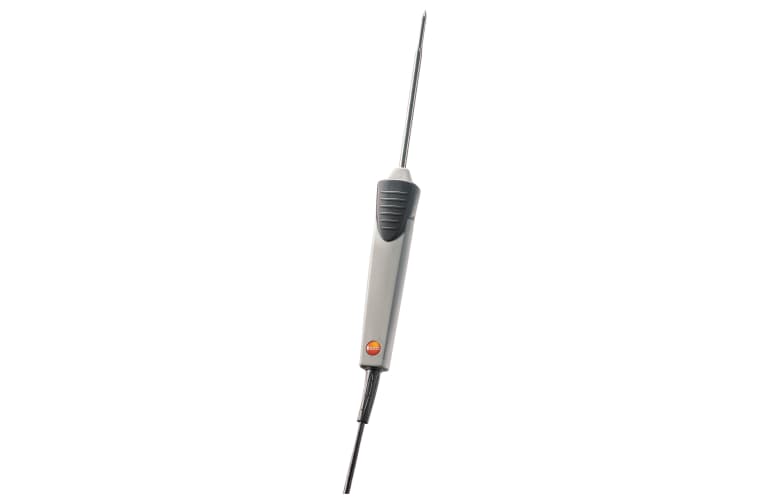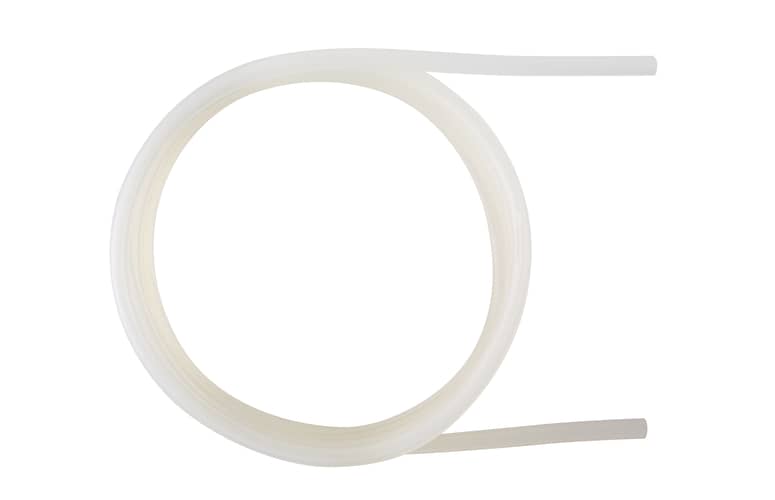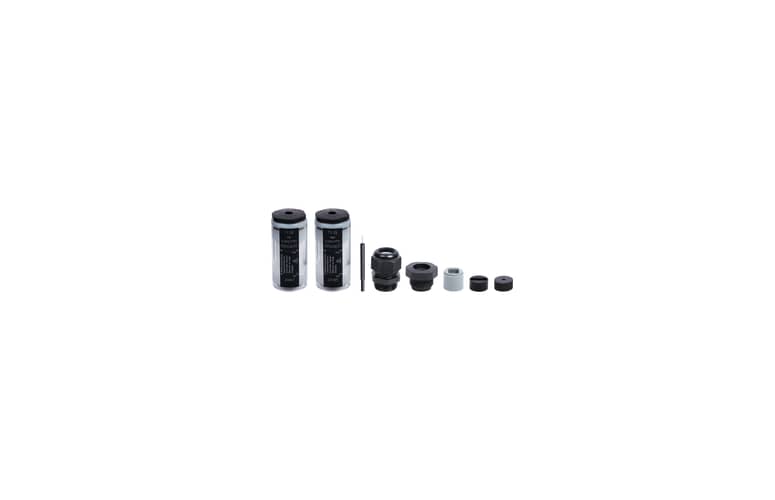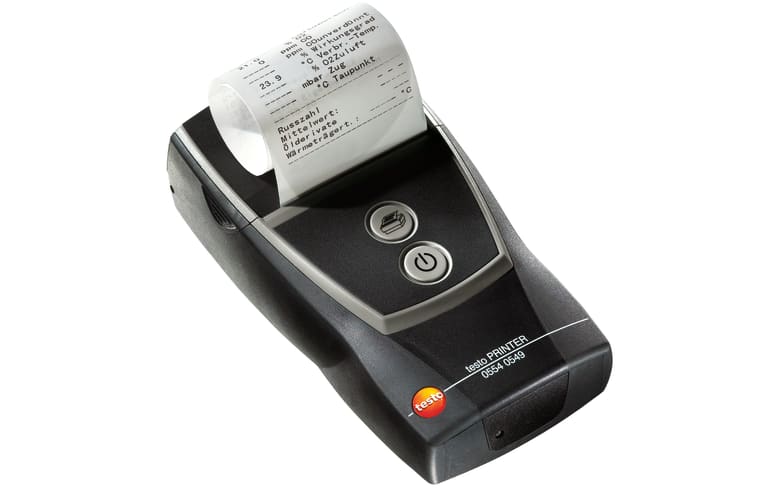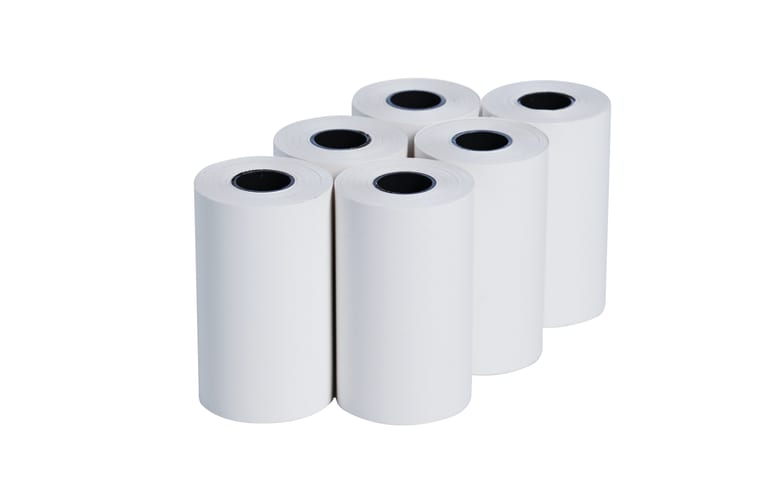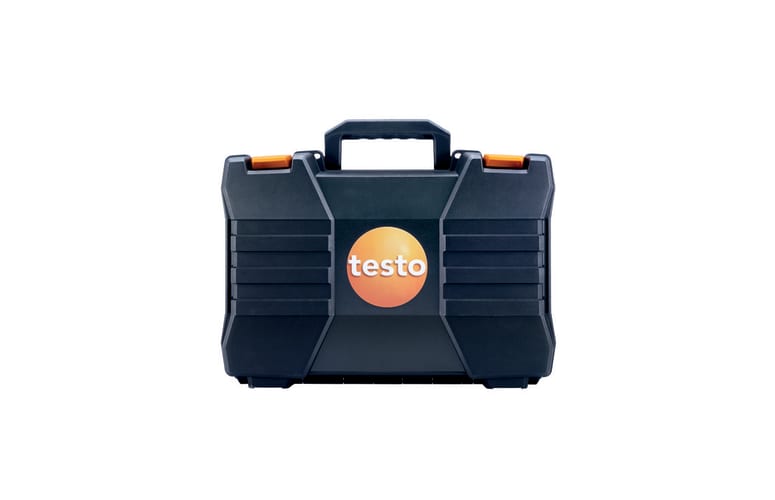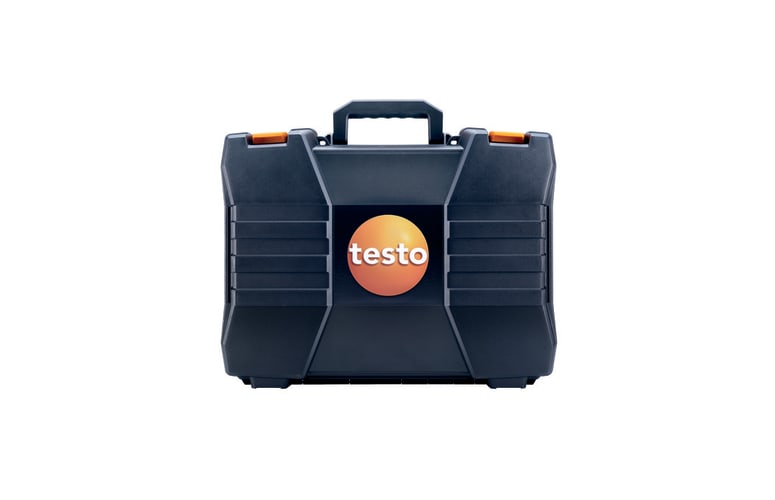But who knows better than you what your meter needs to be able to do? Below you will find a wide selection of optionally available probes and sensors that give you the freedom to configure your meter just the way you want it. Order your probes and sensors along with your meter now.
Connectable sensors (optional) for assessing the indoor air quality (IAQ)
- IAQ sensor for assessing the indoor air quality using CO2, air temperature, relative humidity and absolute pressure measurements
- Comfort sensor for degree of turbulence measurements in compliance with EN 13779 for the objective assessment of the air velocity in the relevant room
- Globe thermometer for measuring radiation heat
- Lux sensor for measuring illumination
- Moisture/temperature sensor for assessing the thermal comfort in the relevant room
- CO environmental sensor for measuring CO in rooms and buildings
- Temperature sensor for immersion, penetration, air and surface measurements
- Temperature sensors to determine the HTC value
Connectable sensors (optional) for checking and adjusting ventilation and air conditioning systems
- Thermal anemometer, also with integrated temperature and relative humidity measurement function for air velocity and volume flow rate measurements in ventilation ducts
- Impeller anemometer with small diameter (Ø 16mm) for air flow and volume flow rate measurements in ventilation ducts
- Impeller anemometer with large diameter (Ø 100mm) for air flow and volume flow rate measurements at air outlets in connection with the testovent 417 funnels also for carrying out measurements at disk valves and ventilation grilles or for carrying out measurements at ceiling diffusers using a volume flow rate rectifier
- Temperature sensor for immersion, penetration, air and surface measurements
- Moisture/temperature sensor for carrying out measurements in ventilation ducts
- Absolute pressure sensor
There is also a separate carry case available that provides you with plenty of room for both your meter and your selection of probes and sensors.
Complex technology that could hardly be more simple
The beauty behind the testo 435-2 indoor air quality meter is that the whole measuring process can be carried out quickly and efficiently with no need for complex programming.Sensor dependent menus and selectable user profiles for typical applications like “duct measurements” and “IAQ measurements” ensure that the meter is always ready to use. The testo 435-2 has a super-size memory that can save up to 10 000 measurements, which can be transferred to your laptop or PC via the included USB cable. The included software allows you to log, archive and clearly structure all relevant measuring data and measuring programmes, for example duct measurements. Specially adapted measurement protocols can be used to present your customers with data from duct, long-term and degree of turbulence measurements. The optionally available testo fast printer can be used to provide your customers with on-the-spot protocol print outs.
The testo 453-2 has a large, easy-to-read backlit display that shows the dew point difference along with other values including min, max and mean values. A durable protective cover protects the testo 435-2 indoor air quality meter reliably against impact.





